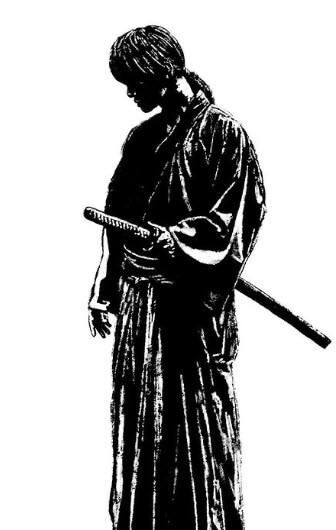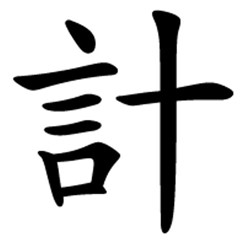In the Tao of warfare, calculation (ji, 計) is foremost. Before engaging in combat first estimate the relative sagacity and stupidity of the generals, the enemy‘s strength and weaknesses, the numerousness and paucity of the troops, the difficulty and ease of the terrain, and the fullness and emptiness of the provisions. If you send the army forth only after thoroughly analyzing such estimates, it will always be victorious. The Art of War states: “Analyzing the enemy, taking control of victory, estimating ravines and defiles, the distant and the near, is the Tao of the superior general.”
(Translation by Ralph D. Sawyer)
Notes:
· The title “Estimates” (ji, 計), which also includes the notion of “calculations, schemes, stratagems, plans,“ and so forth, mirrors the first chapter of Sun Tzu‘s The Art of War, variously translated as “Laying Plans” (Giles, 1910), “Estimates” (Griffith, 1963) or “Assessments” (Ames, 1993; Mair 2007).
· The quote from Sun Tzu’s The Art of War (fa yue, 法曰) is from chapter 10, paragraph 21, in the translation of Giles (1910): “[The] power of estimating the adversary, of controlling the forces of victory, and of shrewdly calculating difficulties, dangers and distances, constitutes the test of a great general.”
Original Text:
凡用兵之道,以計為首。未戰之時,先料將之賢愚,敵之強弱,兵之眾寡,地之險易,糧之虛實。計料已審,然後出兵,無有不勝。法曰:「料敵制勝,計險阨遠近,上將之道也」。
Historical Illustration:
The text gives the historical example of how Liu Bei succeeded in recruiting Zhuge Liang in 207 CE after paying three personal visits, a story immortalized in the historical novel Romance of the Three Kingdoms, chapters 37-38. On that occasion, Zhuge Liang presented a strategic estimate (known as the Longzhong Plan 隆中對), which envisaged the securing of a viable regional base in southern China, and then a two-pronged attack to conquer the north. Though the plan was directed at the powerful Wei state, the ultimate aim of reunifying the empire of the fallen Han Dynasty necessitated the eventual destruction of Sun Quan’s regime of Wu in the east.
FYI. I understand the Header Image is a Japanese chap. Just trying to capture some general theme.

